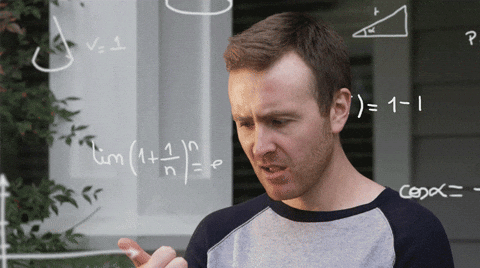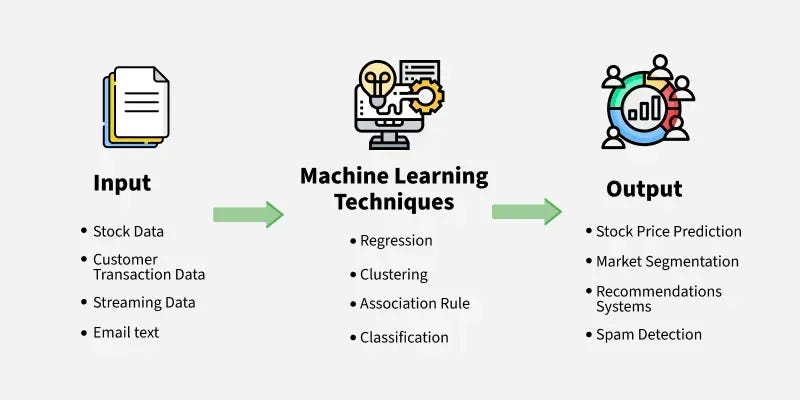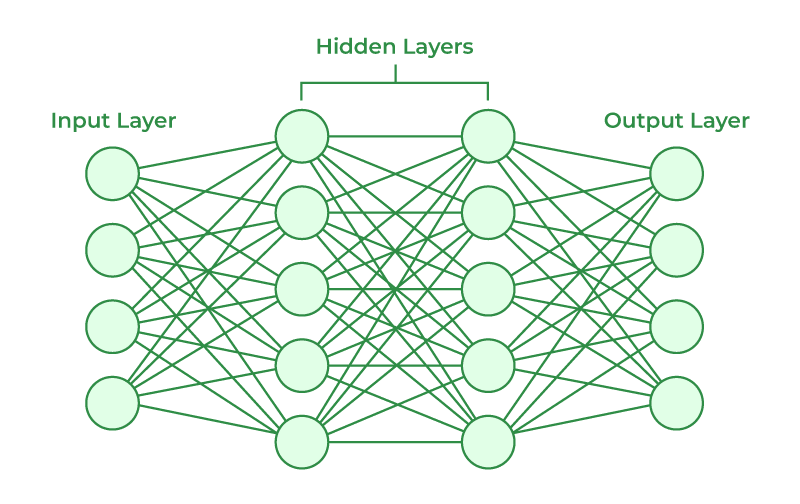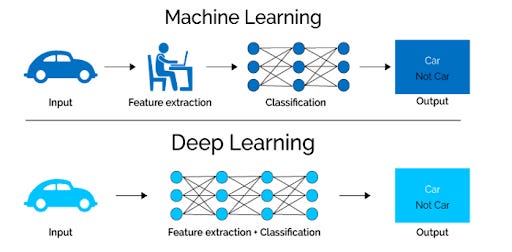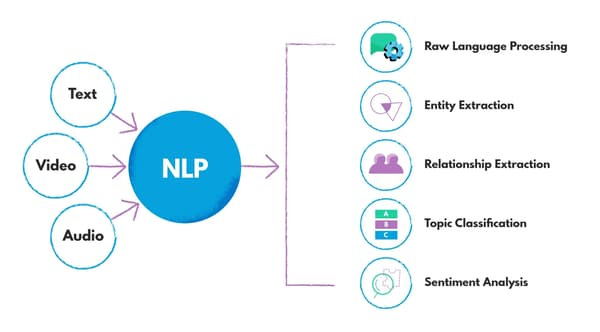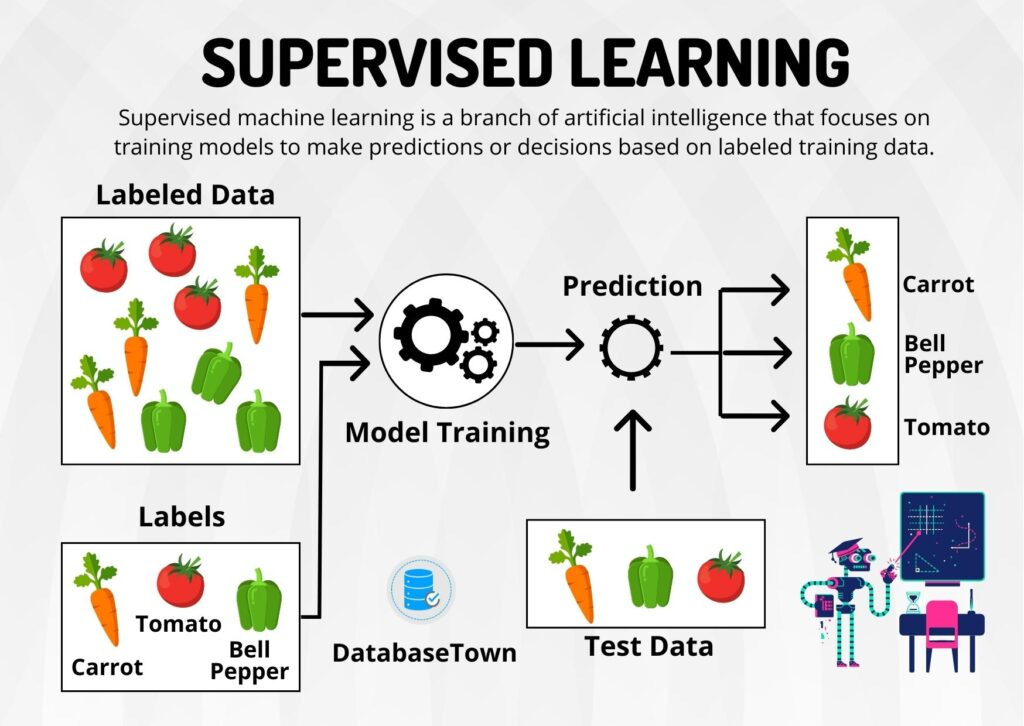AI for Humans
#19 Your Go-To Guide for Understanding AI, One Jargon at a Time
Welcome to Set #1 of AI Explained Like I’m 5—your cheat sheet for sounding smart in the ChatGPT era. No jargon, just analogies that stick, meme-worthy examples, and one weird trick to remember each term.
To make these terms stick, we’re pairing each with easy-to-relate analogies and visual guidance while referring you to some of the best resources and thought leaders for further reading.
🤖 Why This Matters
AI isn’t just for tech bros in Silicon Valley. It’s in your Netflix recommendations, your spam filter, even your toaster (okay, maybe not yet). But if you’ve ever nodded along to “neural networks” while secretly picturing The Terminator, this series is for you.
Machine Learning (Netflix’s creepy mind-reading)
Neural Networks (Your brain on code)
Deep Learning (AI’s detective mode)
NLP (Why Siri still mishears)
Supervised Learning (AI with training wheels)
1. Machine Learning (ML)
🤔 What it means: AI that learns from data without explicit instructions.
🍕 Analogy: Like a pizza chef who remembers your order history and guesses you’ll want extra jalapeños today.
💡 Pro Tip: If it gets smarter over time, it’s probably ML. If it’s your ex remembering your flaws, that’s just human pettiness.
✅ Example: How Netflix suggests shows you might like? That’s machine learning at work, learning your taste from what you’ve watched before.
Good ML: Spotify’s “Discover Weekly” (uncannily accurate).
Bad ML: Facebook suggesting you reconnect with your middle school bully.
2. Neural Network
🤔 What it means: A computer system modeled after the human brain (but dumber).
Neural networks are inspired by the human brain, consisting of layers of artificial “neurons.”
Classic structure: Input layer → Hidden layer(s) → Output layer.
🍕 Analogy: Like a team of detectives passing clues to each other until they solve the case.
Input layer: “The suspect wears glasses.”
Hidden layers: “Glasses → nerdy? Or just bad eyesight?”
Output layer: “IT’S THE LIBRARIAN.”
✅ Example:
Good NN: Facial recognition unlocking your phone.
Bad NN: When your phone unlocks for your dog.
3. Deep Learning
🤔 What it means: Neural networks with extra layers (like an AI onion).
🍕 Analogy: A Russian doll—each layer reveals a deeper, scarier understanding.
Layer 1: “This is a cat.”
Layer 5: “This is a grumpy cat.”
Layer 10: “This cat judges your life choices.”
✅ Example:
Good DL: Medical AI spotting tumors doctors miss.
Bad DL: When AI generates “Shrek as a 19th-century oil painting.”
4. Natural Language Processing (NLP)
🤔 What it means: Teaching AI to understand human language (and fail hilariously).
🍕 Analogy: Like a toddler translating your curse words into nursery rhymes.
Input: “Ugh, Monday sucks.”
NLP Output: “User expresses joy for the week’s start!”
✅ Example:
Good NLP: ChatGPT writing your work emails.
Bad NLP: Alexa playing death metal when you ask for “lullabies.”
5. Supervised Learning
🤔 What it means: AI learns from labeled data (like flashcards).
🍕 Analogy: A kid matching animal sounds—“Cow goes moo, not ‘beep boop’.”
Supervised: “This is a cat. Learn.”
Unsupervised: “Here’s 10,000 furry blobs. Good luck.”
✅ Example:
Good SL: Gmail filtering spam.
Bad SL: When your smart fridge labels beer as “salad.”
Conclusion
Artificial intelligence might sound complicated, but breaking it down with everyday analogies shows how many of its concepts mimic natural ways we learn and communicate. As we continue this series, you’ll become more fluent in AI language, empowering you to feel more confident as this transformative technology shapes our future.
Stay tuned for Set #2, where we’ll explore even more AI jargons demystified in a warm, relatable way!
Thank You for Reading!
Loved this? Hit ❤️ to share the love and help others find it!
Get weekly tech insights to code smarter and build your dev career. Subscribe to CoreCraft for practical tips and frameworks you can use today.
Have ideas or questions? Drop a comment—I reply to all! For collabs or newsletter sponsorships, email me at souravb.1998@gmail.com
Stay connected: Follow me on X | LinkedIn | YouTube
P.S.
P.S. Slow apps killing your projects? Grab my Cache Rules Everything: A Developer’s Guide to Faster Applications for pro caching techniques that 10x speed. Get it now. Peek at my top 3 optimization hacks for more dev wins!
P.P.S.
Creators: Promote your tech work to my readers! Email souravb.1998@gmail.com for collab or sponsorship spots.


